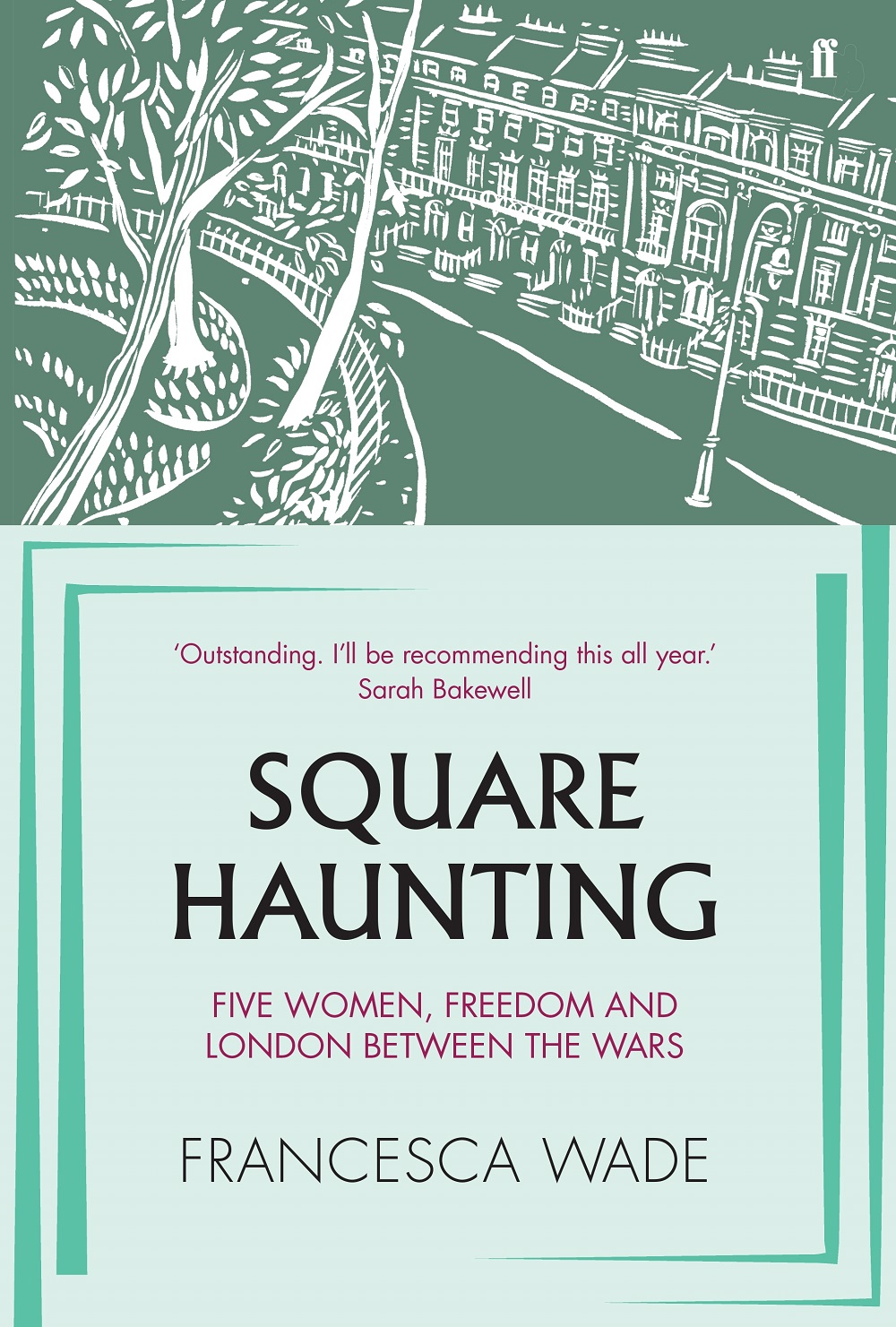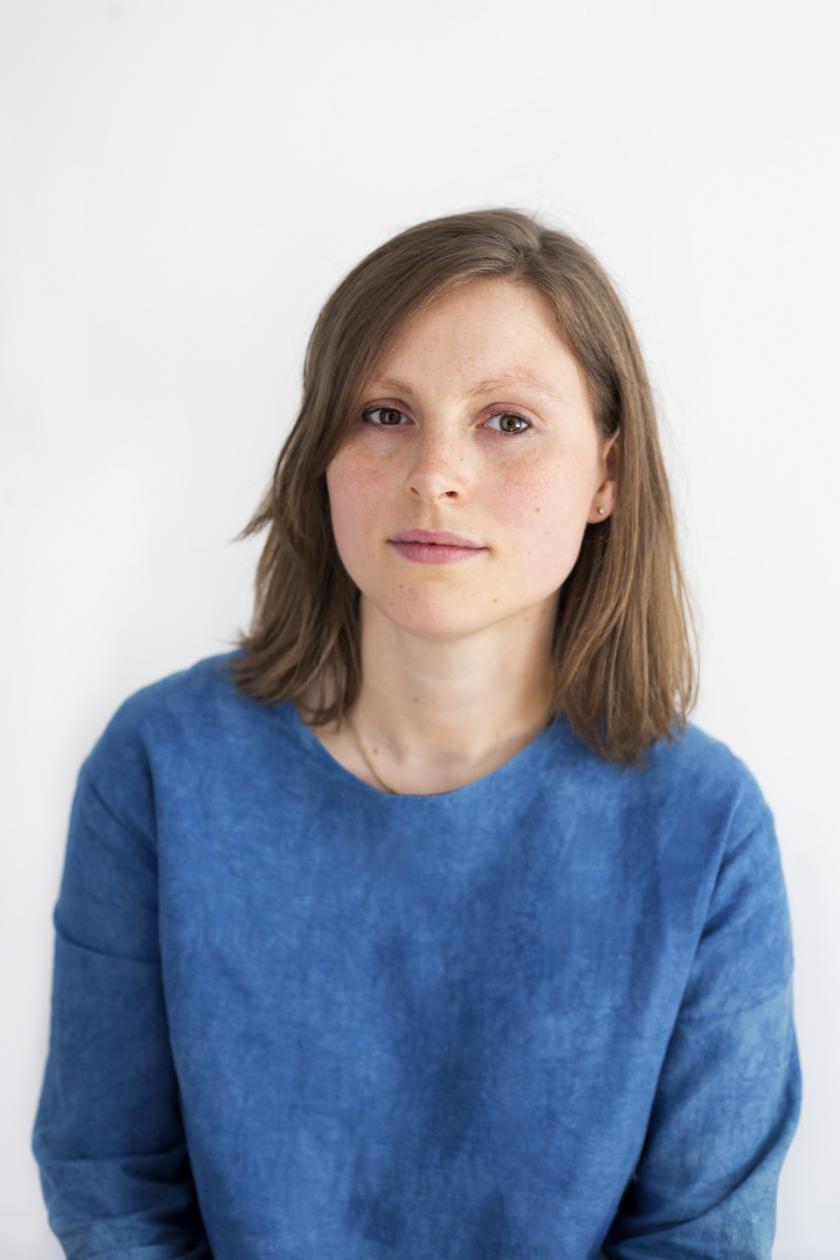These days, Bloomsbury rests in a state of elegant somnolence. The ghosts of Virginia Woolf and Vanessa Bell linger on in the shabby gentility of Russell Square and its environs, the bookish institutions that are the bones of the place conferring tranquility, despite the many students and tourists. But so much for appearances – radicalism is the bricks and mortar of Bloomsbury’s university buildings and Georgian terraces, which in the early 20th century were home to countless figures who thrived in society's margins, among them artists and writers, academics and political thinkers.
Francesca Wade’s account of five women who lived and worked here between the wars reminds us that for women seeking independence through intellectual and creative endeavour, the haven provided by this singular London pocket was essential. Bloomsbury’s liberal environment made life not just tolerable, but viable. Free of charge and open to all, the British Museum Reading Room was a world apart from the anonymous Cambridge college cited in A Room of One’s Own, where Virginia Woolf is reminded that “ladies are only admitted to the library if accompanied by a Fellow of the College or furnished with a letter of introduction.” Woolf’s essay was delivered as a lecture in 1928; in 1878 University College London – “that Godless institution in Gower Street” – became the first British university to accept women, while the Slade, its famously radical art school, was the first to admit men and women on equal terms.
 That its institutions were more willing than most to open their doors to women was crucial, but Wade argues that Bloomsbury’s plentiful supply of affordable rooms was just as important. Through a curious quirk of fate, the modernist poet Hilda Doolittle (known as H.D.), Virginia Woolf, Dorothy L. Sayers, the classicist and translator Jane Harrison, and the historian, broadcaster and pacifist Eileen Power all lived at Mecklenburgh Square, a somewhat overlooked address between Coram’s Fields and Gray’s Inn Road, at different points between 1916 and 1941. This historical peculiarity is a gift to Wade’s rangy narrative, providing a satisfyingly neat locus for events that span a period of 25 years or more, and involving protagonists who, the author emphasises, were “not a Bloomsbury Group”.
That its institutions were more willing than most to open their doors to women was crucial, but Wade argues that Bloomsbury’s plentiful supply of affordable rooms was just as important. Through a curious quirk of fate, the modernist poet Hilda Doolittle (known as H.D.), Virginia Woolf, Dorothy L. Sayers, the classicist and translator Jane Harrison, and the historian, broadcaster and pacifist Eileen Power all lived at Mecklenburgh Square, a somewhat overlooked address between Coram’s Fields and Gray’s Inn Road, at different points between 1916 and 1941. This historical peculiarity is a gift to Wade’s rangy narrative, providing a satisfyingly neat locus for events that span a period of 25 years or more, and involving protagonists who, the author emphasises, were “not a Bloomsbury Group”.
As such, Mecklenburgh Square acquires symbolic weight as the focus for pivotal moments in the lives of five women in the vanguard of 20th century British intellectual life. Woolf called Mecklenburgh Square home for the last year of her life: it was a year of extremes, and by October 1940 her flat at number 37 would be left uninhabitable, her old home at Tavistock Square reduced to rubble. Still, writes Wade, the year that lead up to her suicide was astonishingly productive, “full of activity, friendships new and old, projects and plans”.
For Woolf, Bloomsbury would always be synonymous with freedom: it was to Gordon Square that she and her siblings had moved to pursue a new, unconventional life away from the staid formality of her childhood home in Kensington. In an echo of Woolf’s move to Bloomsbury in 1904, H.D. and Dorothy L. Sayers were each at the very beginning of their careers when, in the aftermath of the First World War they found lodgings at Mecklenburgh Square – by another curious coincidence Sayers moved into the room vacated by H.D. in 1918 – a move that for each of them signalled a serious intention to embark on a literary career. For Eileen Power and Jane Harrison too, Mecklenburgh Square offered the chance to live relatively unencumbered by the constraints of society at large, and in Wade’s hands they convincingly embody Woolf’s entreaty for women to take rooms – and so lives – of their own.
That rooms were available in Mecklenburgh Sqaure was itself a consequence of a rapidly changing socio-political landscape that rendered the Duke of Bedford’s gentrification of Bloomsbury redundant almost as soon as it was begun in around 1800. Fine, spacious townhouses arranged around a central garden were intended to attract the upper middle classes but by the middle of the 19th century railway stations had been built at Euston and Kings Cross, and the well-to-do were choosing either to live outside London, or in the fashionable new areas of Mayfair and St James’s. Mecklenburgh and Brunswick Squares were built not by the Duke of Bedford but the cash-strapped trustees of the Foundling Hospital: by a similar miscalculation, the buildings in Mecklenburgh Square were by 1909 mostly subdivided into flats and boarding houses.
Though Wade gives each of her subjects a separate chapter, the book is infused with a sense of their shared experience. Virginia Woolf is described pondering how best to get through the war, unaware that H.D., “had asked exactly that question in the same place twenty-three years earlier as Zeppelin raids toppled the books from her shelf.” The approach is an unconventional, but coherent one that provides a satisfyingly poetic narrative hook that hastens the book towards something much more than group biography.
In telling a story about female lives in a single place, over time, the story of that place is reconceived, with layers of narrative accruing into something substantial and perhaps most importantly, unexceptional. In this sense, Wade's book is an act of soldarity that "takes up Woolf's call for a different sort of history", not only rehabilitating long neglected figures, but weaving their individual stories into the bigger histories of London, the 20th century, Britain. She writes “I’ve been reminded how knowledge of the past can fortify us in the present”: in her account of brief periods in the lives of five great women, Wade not only demonstrates why this must be done, but how.
- Square Haunting: Five Women, Freedom and London Between the Wars by Francesca Wade (Faber & Faber, 2020)
- More book reviews on theartsdesk















Add comment